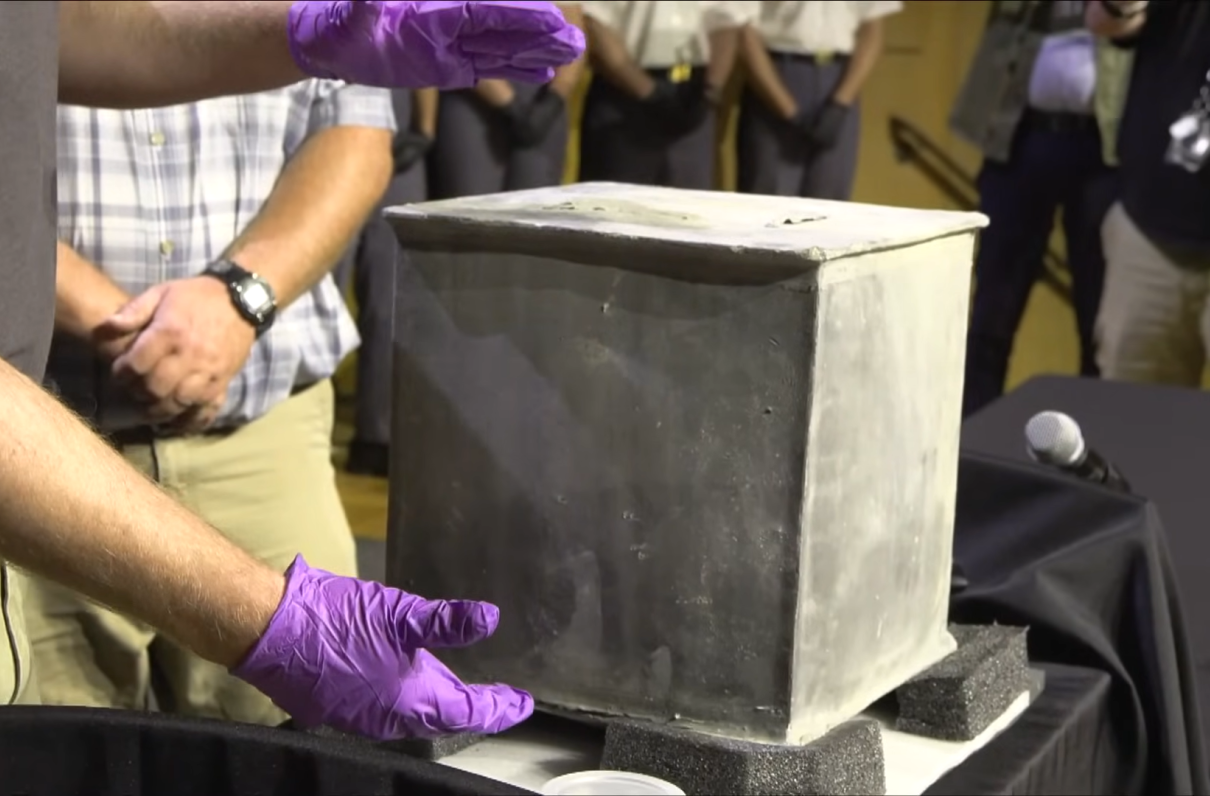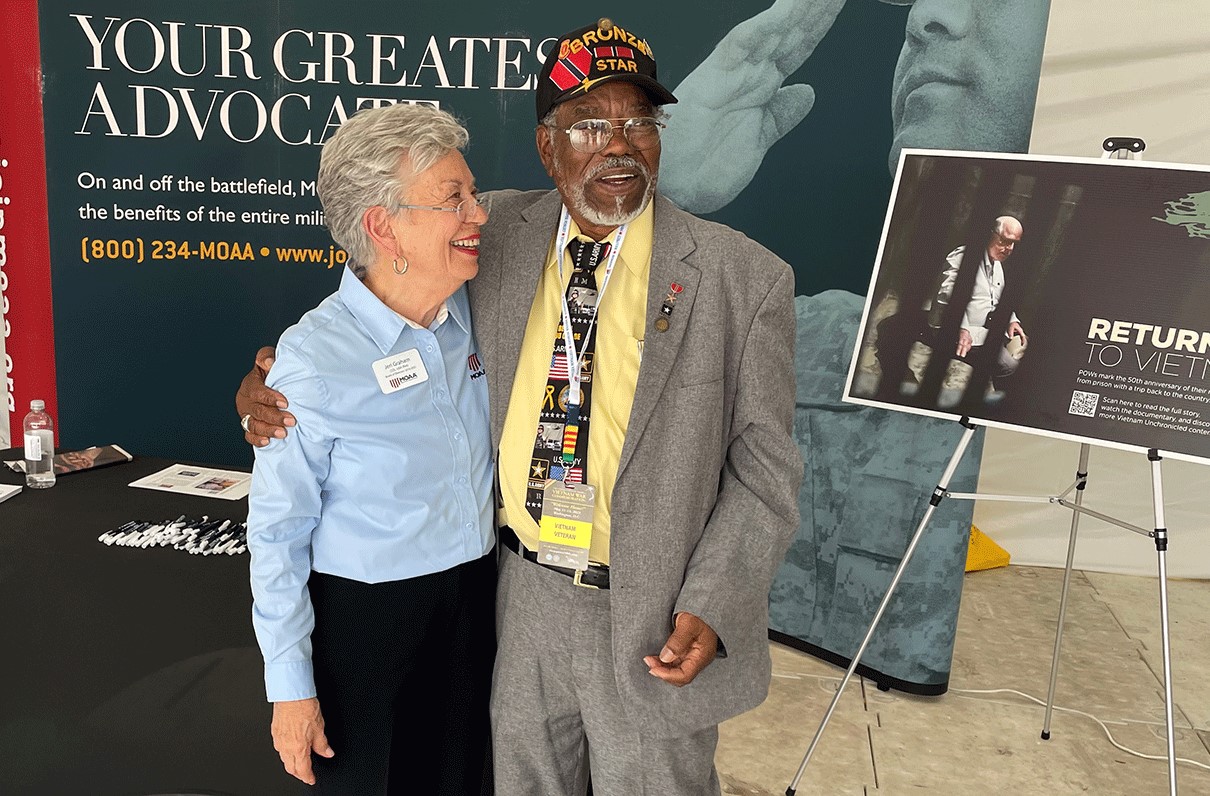Editor’s note: This article by Drew F. Lawrence originally appeared on Military.com, a leading source of news for the military and veteran community.
Brig. Gen. Shane Reeves, broadcasting to the world on a livestream Monday morning, rattled off a list of possibilities as to what could be inside the nearly 200-year-old time capsule that was sitting center stage before the crowd gathered in West Point's Thayer Hall.
West Point had been building anticipation for nearly two weeks over the planned opening of the time capsule, which was found on campus in May underneath a monument to a general who designed West Point's defenses during the American Revolution.
Reeves wondered aloud about the contents. Could the gray lead box hold the original recipe for West Point's corn chowder? A clue to a National Treasure-style caper that leads to the mythical South American city of El Dorado?
Or would it be something less exciting? In one scenario thrown out by Reeves as the auditorium crowd waited for the reveal, "we open it, we reach our hand in and there's just dust, very much like Indiana Jones and 'Raiders of the Lost Ark,'" he said.
In the end, when the time capsule was finally opened, it contained ... silt. Not even close to the sand-filled, face-melting power of the Ark of the Covenant in the movie.
"So, the box didn't quite meet expectations," Paul Hudson, West Point's archaeologist, told the crowd after he and another handler peeled back the opening at the top of the box. They then pulled out what looked like broken shards of hardened sediment and dust.
The bottom of the box appeared to have been warped, and Hudson speculated that moisture may have seeped in.
"We don't want to think that they went to all the trouble to put this box in the monument and not put anything in it," he told the crowd. "We're going to collect all the silt at a later point. We'll screen it through a fine mesh screen to see if we can find any remains in it and determine what -- if anything -- was in here."
Since it was discovered in May, West Point cadets and faculty had built up public curiosity about its contents. The school took to social media to collect guesses, and a panel of historians was invited to the unveiling to help decipher whatever was found inside.
[RELATED: Setting the ‘Global Standard’: Celebrating 50 Years of the All-Volunteer Force]
It is unclear from the event when the contents of the box will be conclusively analyzed. A mark on the lid that the historians assessed to be a "stamp from the manufacturer" was also noted in the unveiling.
The discovery stemmed from a cadet pointing out cracks and damage to the base of Brig. Gen. Thaddeus Kosciuszko's monument in 2021. The Polish general was an important figure in the American Revolution who sailed to the U.S. in 1776 to help the war effort.
He helped design blockades in the Delaware River after his initial arrival and two years later went to then-Fort West Point to fortify it. He was eventually promoted to brigadier general.
Upon discovery of the damage, the academy's engineers and public works staff took to renovating the nearly 200-year-old statue when they discovered the box in its base this year.
It is not known who put the container there, adding to the now continued mystery of the capsule. The Associated Press reported that it could have involved a committee of several cadets, including Robert E. Lee.
Historical staff used high-intensity X-rays for clues as to what was inside the box before they opened it. Those scans were inconclusive, according to the school.
It appears that the school's leaders had anticipated disappointment as a possible outcome to the historic unveiling.
"It's not really what's important, what's in there," Reeves said after talking about the school's history and Kosciuszko's importance as the handlers prepared to crack open the box.
"But at the end of the day, what this is really about is an opportunity to reflect upon and be inspired by the history I've just briefly discussed … and just pause and realize that we have the immense honor and responsibility to continue the legacy that he has started," he said.
Add Your Voice to the Cause
Get involved and make sure your interests are addressed. Because the larger our voice is, the greater our impact will be.


